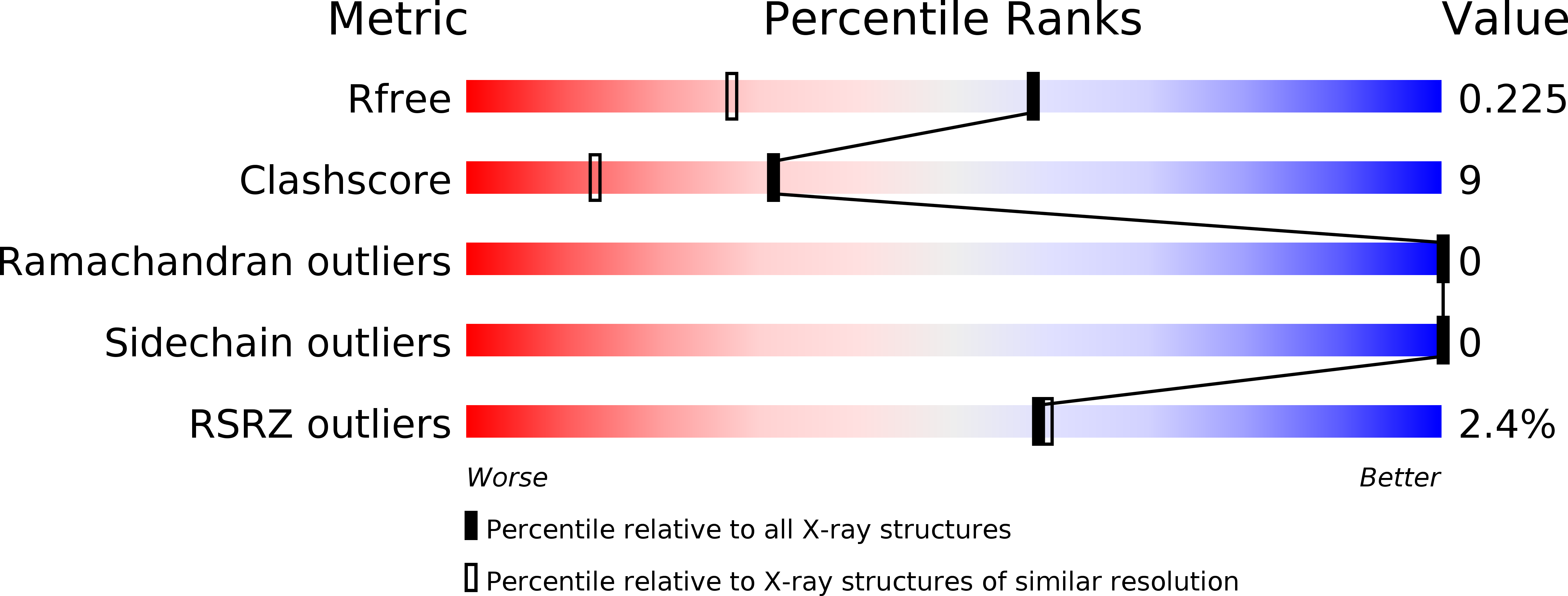
Deposition Date
2010-07-26
Release Date
2010-12-22
Last Version Date
2024-02-21
Entry Detail
PDB ID:
3O4D
Keywords:
Title:
Crystal structure of Symfoil-4P: de novo designed beta-trefoil architecture with symmetric primary structure
Biological Source:
Source Organism:
synthetic construct (Taxon ID: 32630)
Host Organism:
Method Details:
Experimental Method:
Resolution:
1.65 Å
R-Value Free:
0.22
R-Value Work:
0.18
R-Value Observed:
0.19
Space Group:
I 2 2 2


